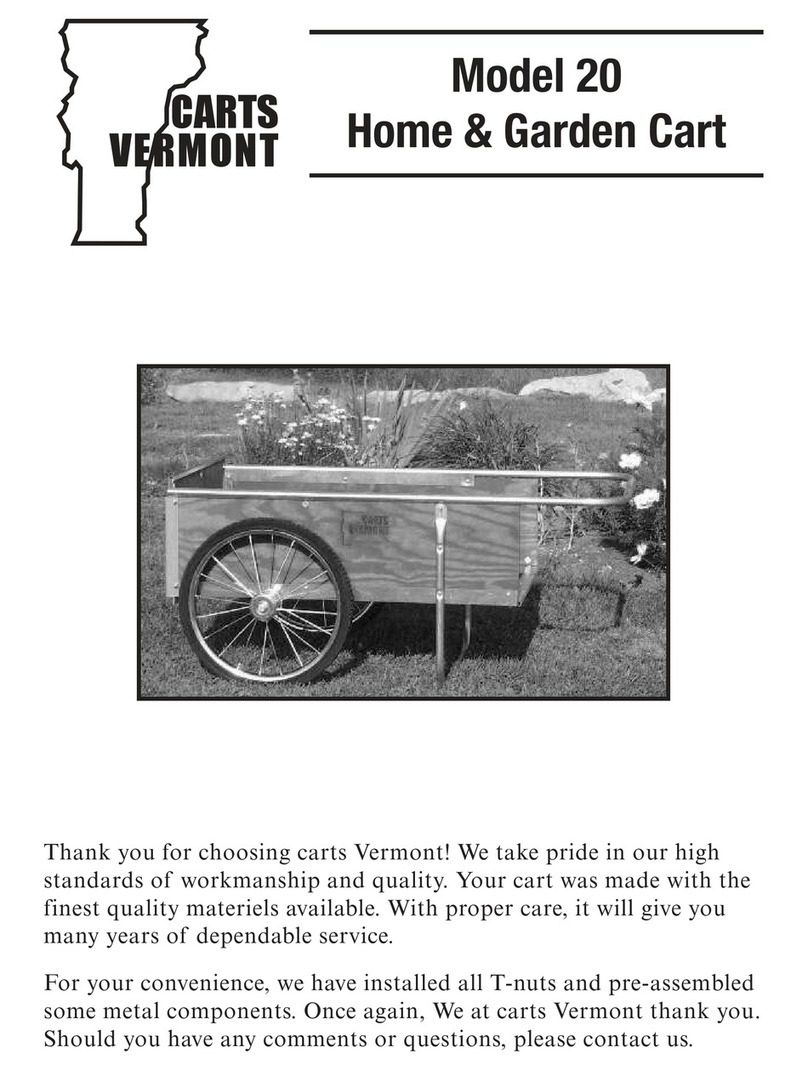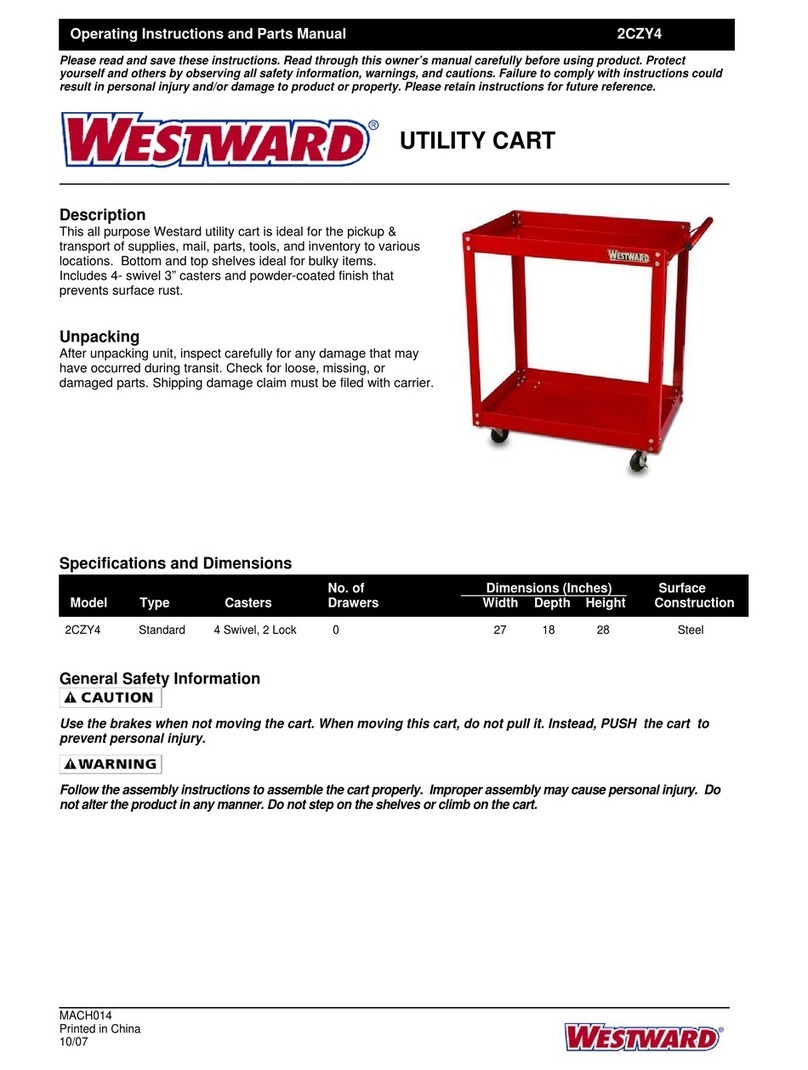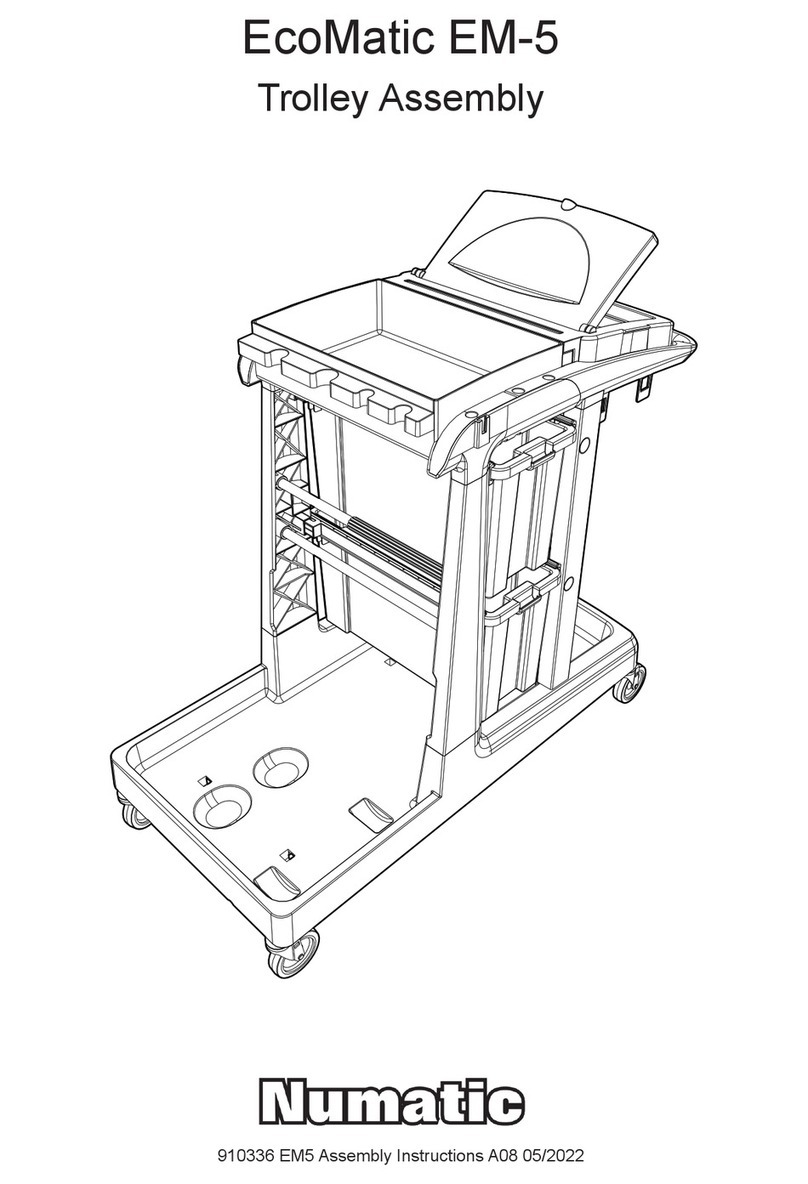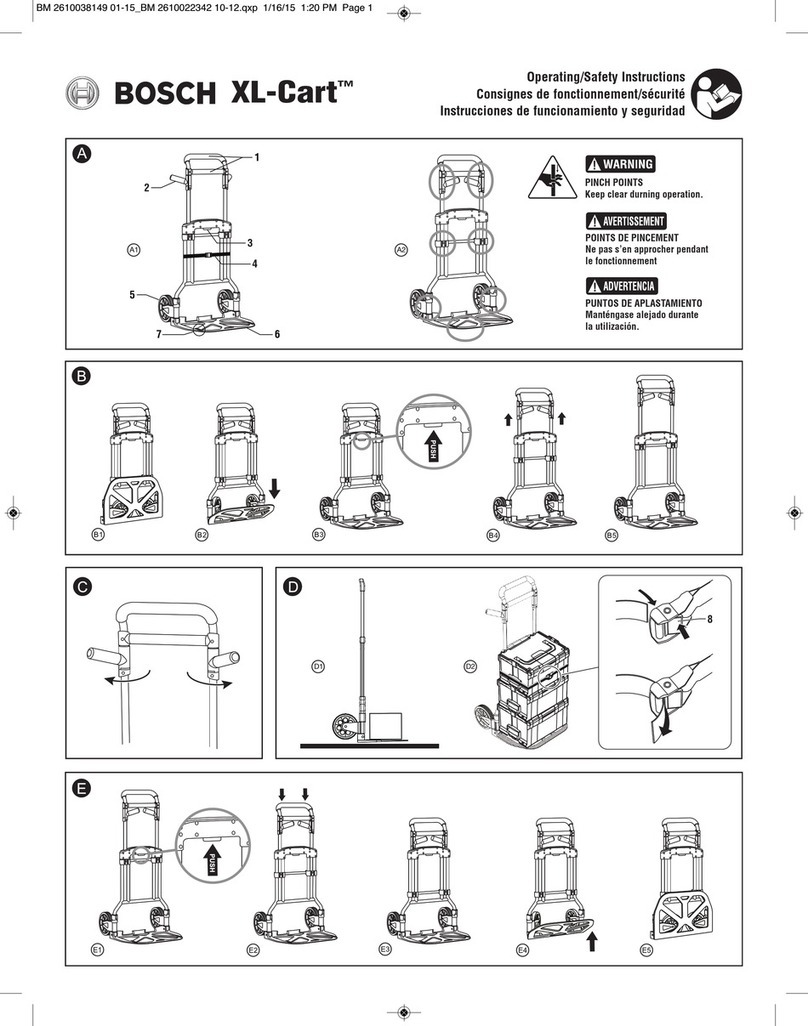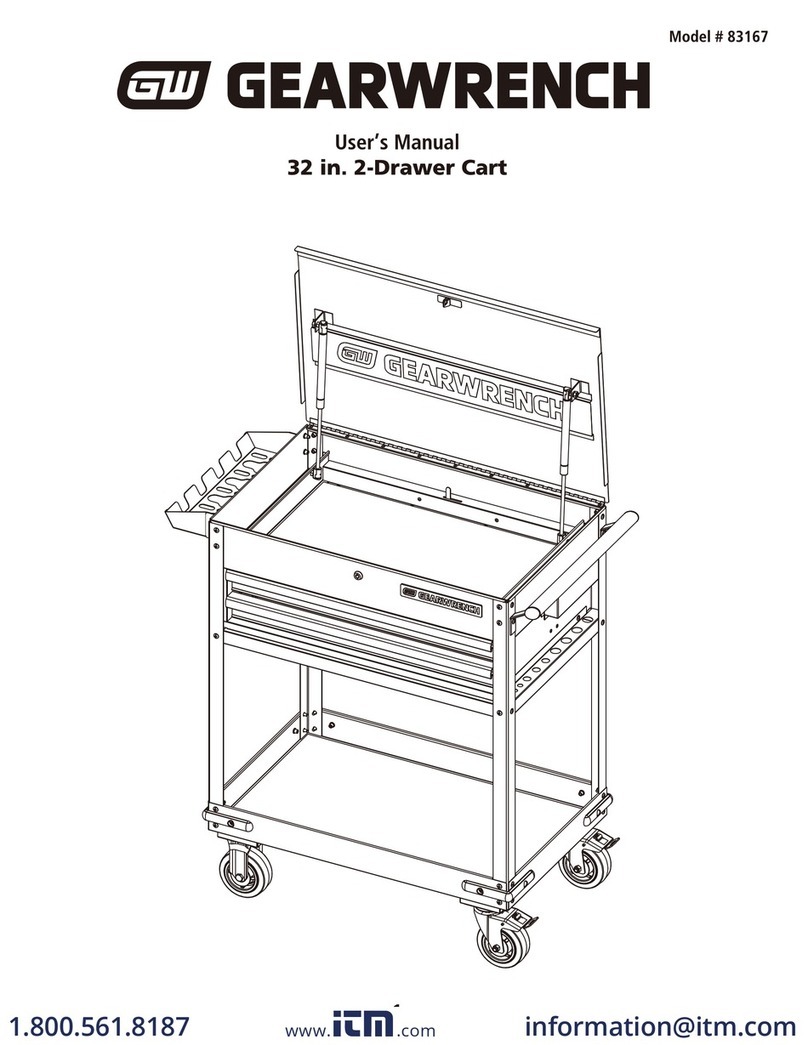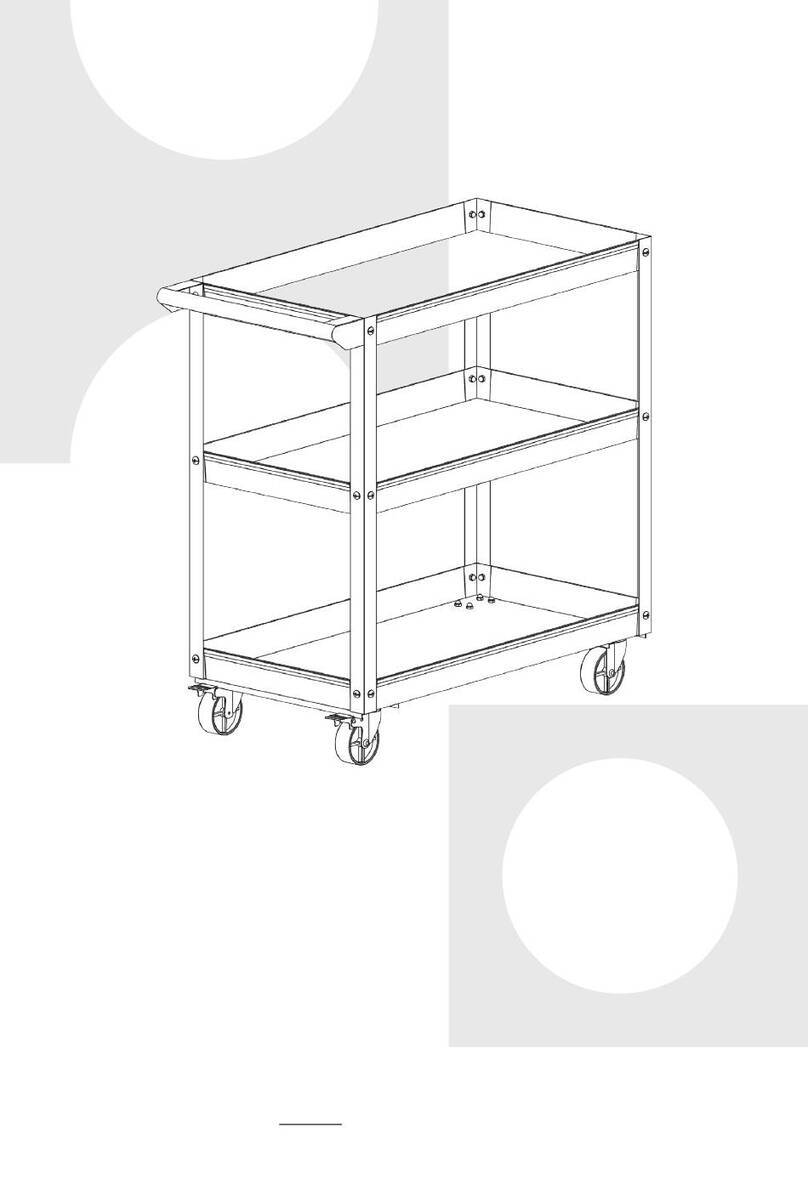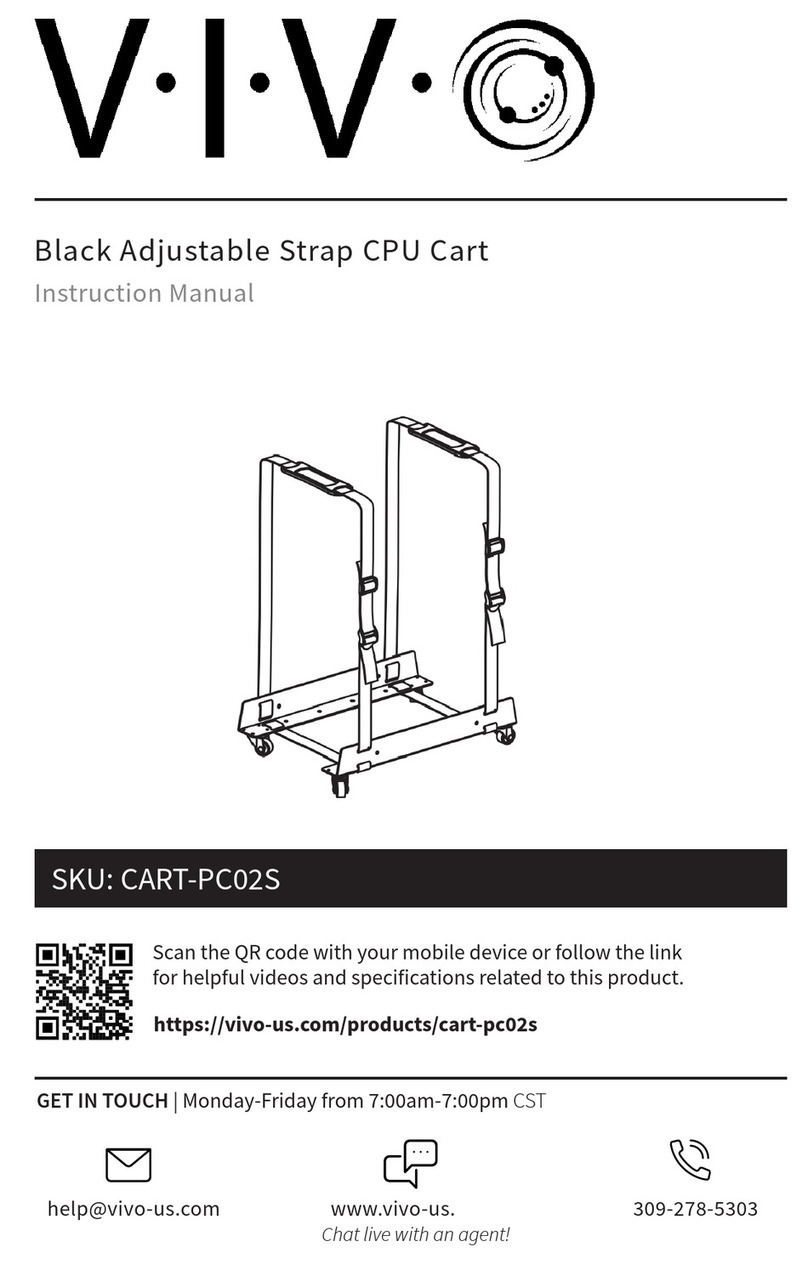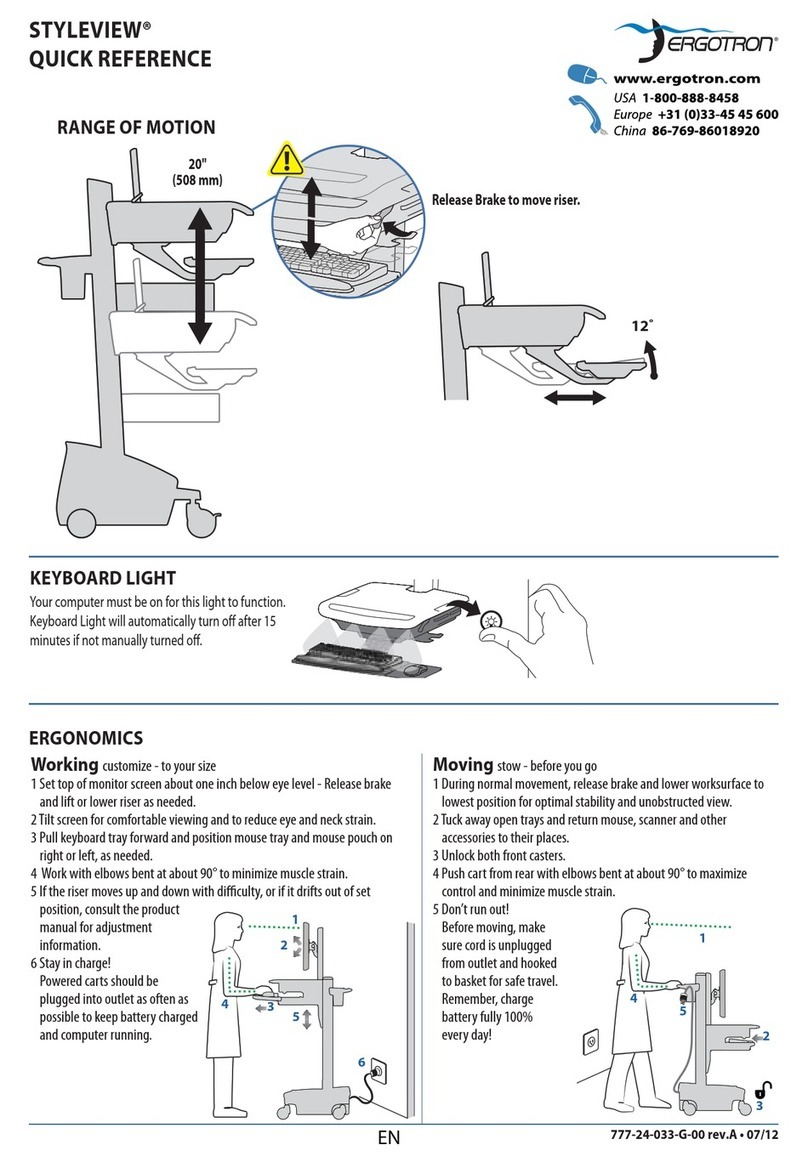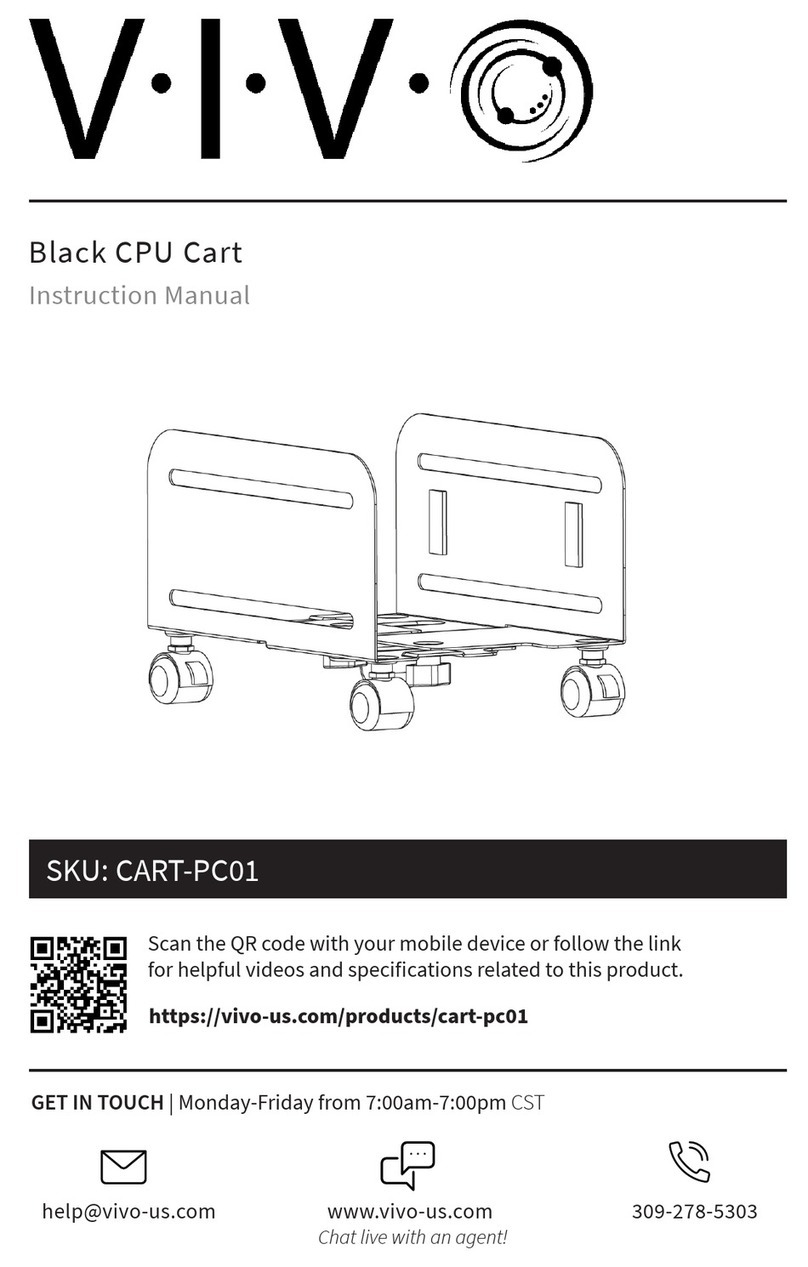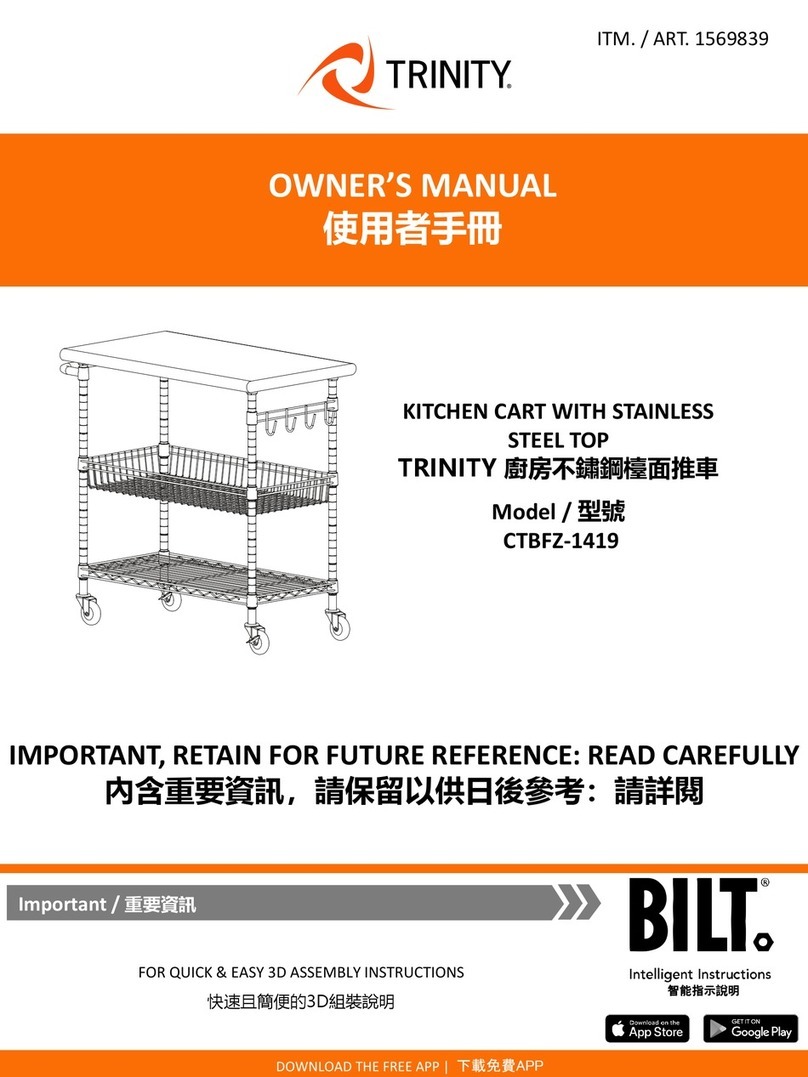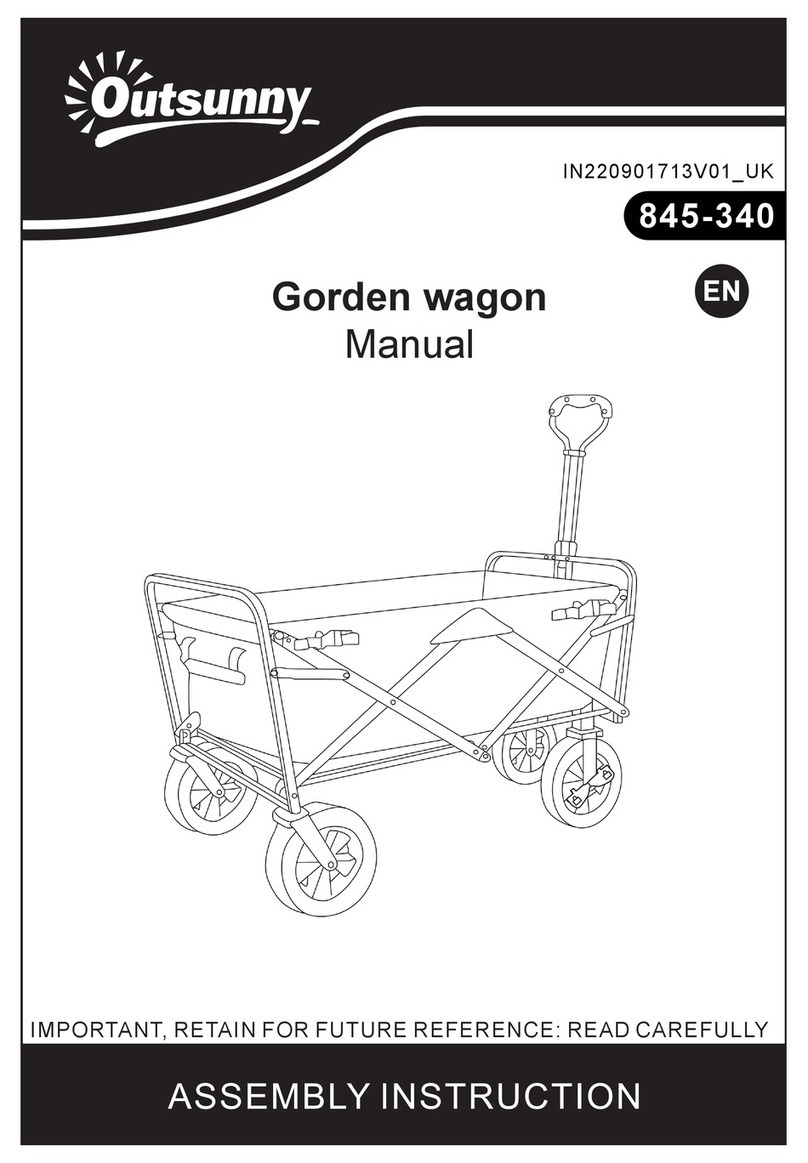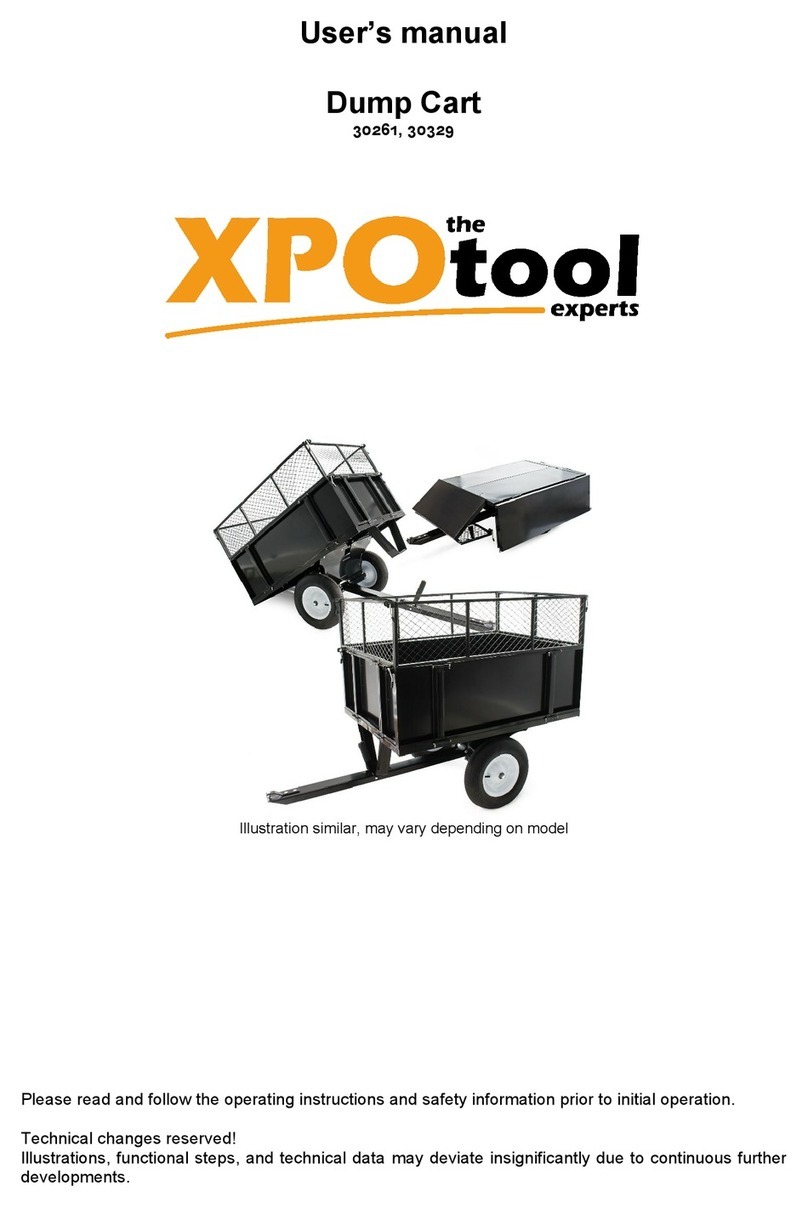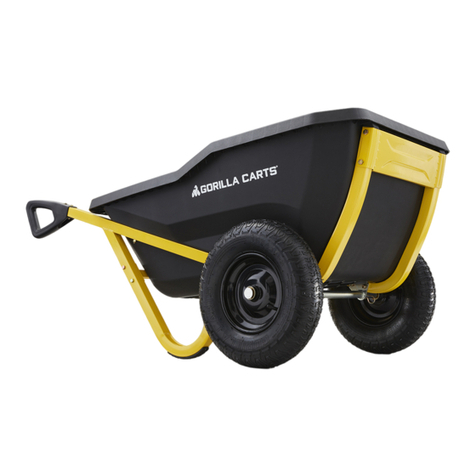
5
2 Function introductions of instrument and operational control
pieces:
⑴ Instrument :
1. Battery capacity indicator;
2. Fault indicator;
3. Low-speed indicator;
4. Accumulative working time and fault code indicator
This instrument is a combination of battery capacity indicator,
LCD hour meter, fault code and low-speed indicator, with the
battery capacity indicator of five segments of colorful LED
display. When the storage battery is fully charged, the five
battery capacity indicators will be green. With battery capacity
consuming up, the five indicators will go out one by one. When
battery discharges by 70% capacity, the last indicator will flicker
and shows “energy storage” alarm. When the battery discharges
by 80%, the last indicator becomes red and shows “energy exhaust”. After the external power
supply is cut off, the internal battery can generally keep storage memory of 10 years. The life service
time for monitoring of this instrument is 99999.9 hours recorded on LCD displays. Hour meter resets
automatically and continue to time and display. Only if it is connected to battery, LCD hour meter will
start working. This instrument possesses high reliability under extremely bad environment.
⑵ Steering system:
The steering system mainly composes of operation handle, steering device shaft, support bearings,
potentiometer and steering power unit. The system is used to control travel direction of the truck.
⑶ Braking:
The traveling brake of this truck is regenerative braking, with parking brake of electromagnetic brake.
When the accelerator is released during the traveling of the truck, the controller will carry out
regenerat ive brak ing at first. Th is kind of brake can turn the dynamic energy to electric energy which can
be recharged to battery. When the truck is stopped, the electromagnetic arrester will be out of power
and braked again. This type of regenerative brake with electromagnetic brake not only prolongs the
service time of storage battery but also reduces the wearing of the brake plate, which extends the
service time of brake.
The position of operation handle is
divided into 3 areas, i.e. area A, area B and area
C which have different operational functions
separately.
Area A: When the operation handle is in area
A, the truck will be in a state of braking.
Then acceleration knob for traveling can not
work but can only conduct lifting or lowering
operation.
Area B: When the operation handle is in area
B, the truck will be in a state of traveling. When
the accelerator knob is turned to one direction,
the truck will travel in this direction. When the accelerator knob is turned in another direction, the truck will
